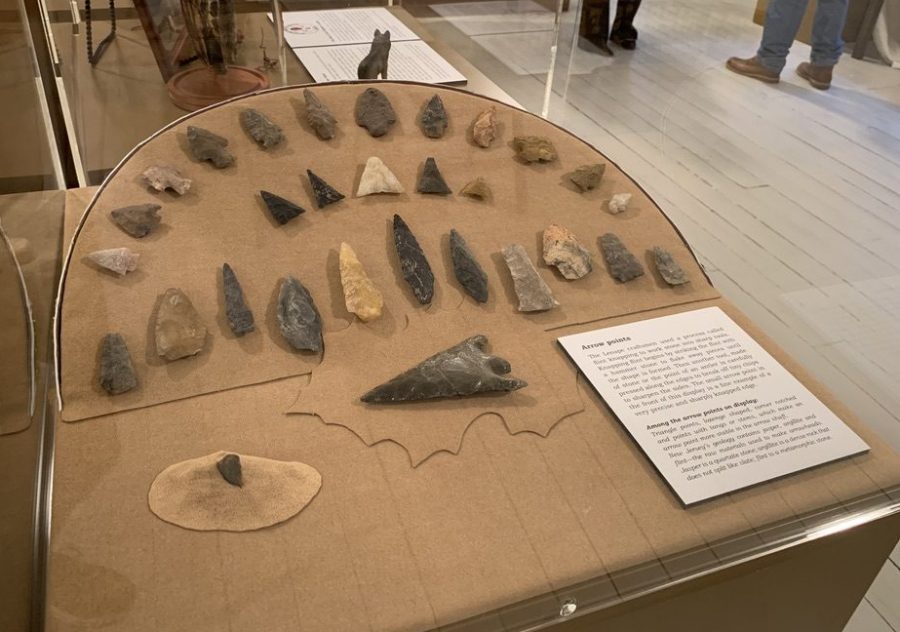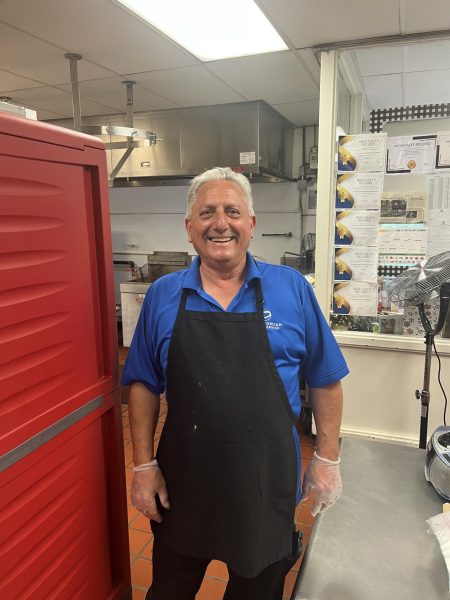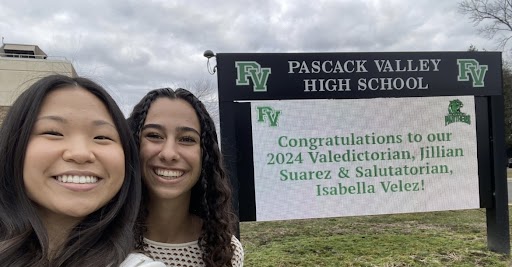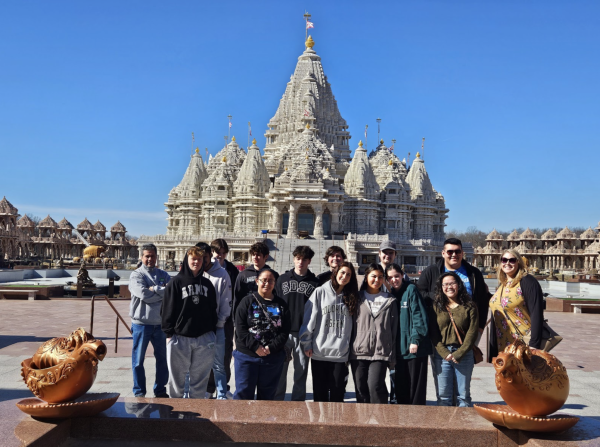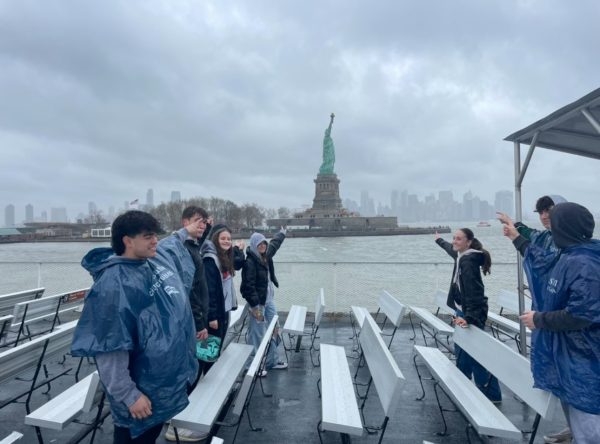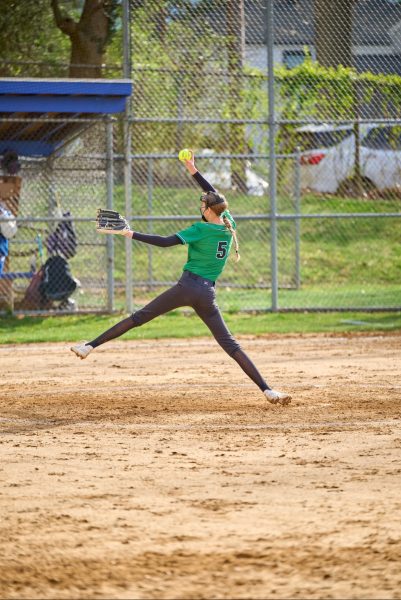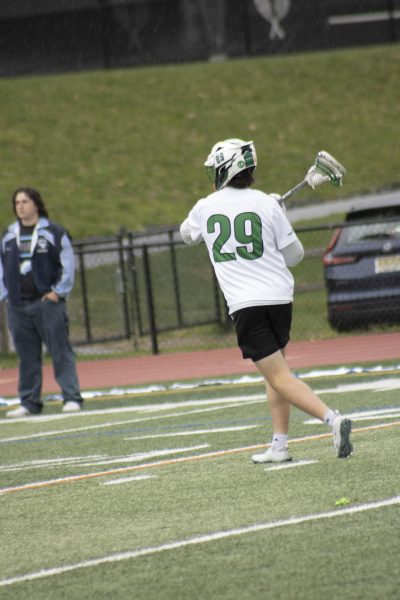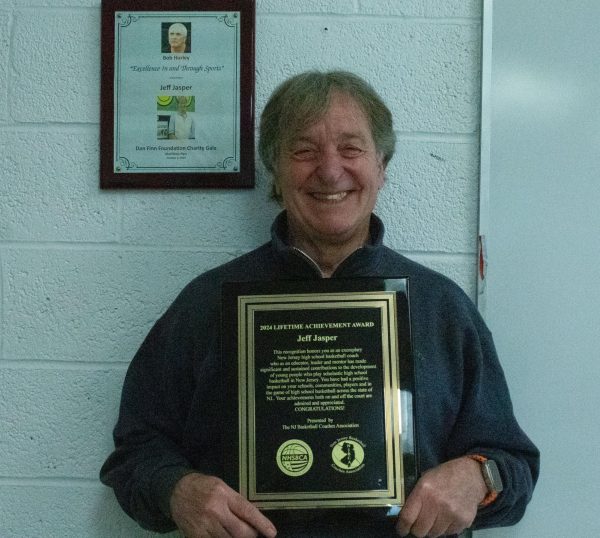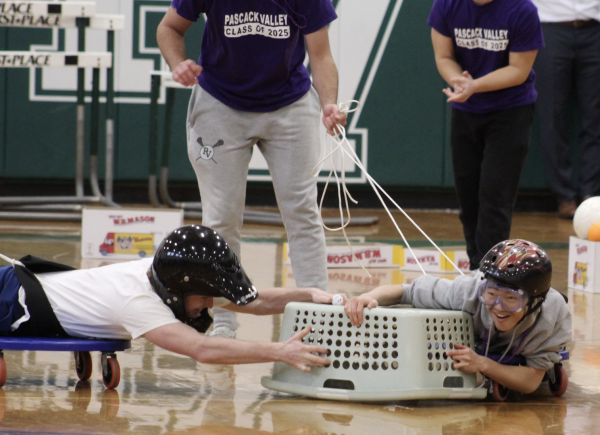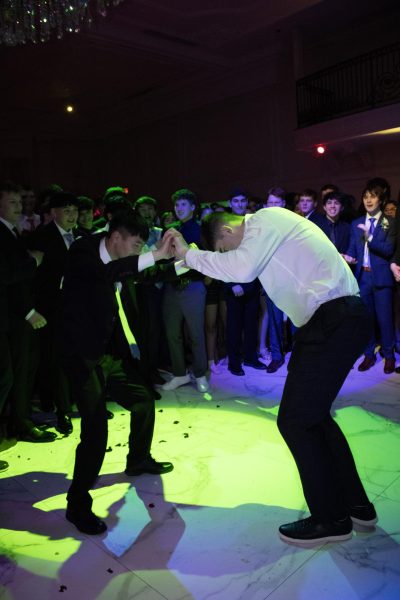The Indians of New Jersey
Arrow points on display at the Pascack Historical Society in Park Ridge. The Lenni Lenape inhabited New Jersey, Delaware, and eastern Pennsylvania.
(Editor’s Note: While the PV Indian mascot has been used for years, many do not know the history of the Native American tribes that once lived on this land. In our seventh installment of our “What’s in Name?” coverage package, last year’s Editor in Chief Rachel Cohen delves into the history of our land. Before graduating in June, Cohen interviewed Pascack Historical Society trustee Francesca Moskowitz and emailed Assistant Professor of American Studies at Rutgers University Jameson R. Sweet. )
 Despite there being few official documents of Lenni Lenapes living in the area, the impact of their history and names can be found throughout the 70 municipalities of Bergen County.
Despite there being few official documents of Lenni Lenapes living in the area, the impact of their history and names can be found throughout the 70 municipalities of Bergen County.
Around 12,000 years ago, the Lenni Lenape, which translates to “original people,” held territory in all of New Jersey, Delaware, and eastern Pennsylvania, according to the book “The Land and Its First People.”
“There was a very small number of Lenape around here,” said Francesca Moskowitz, a trustee at the Pascack Historical Society. “There was never an archeological site found here, but there were random arrowheads.”
Gregory Evans Dowd in the book “The Indians of New Jersey” said within the land of the Lenape, known as Lenapehoking, two different languages were used. Munsee was spoken in territories north of the Raritan River and the Delaware Water Gap. Unami was spoken in southern territories. Both areas were under separate political rule. Each band was governed by at least two chiefs, a council, and the people. After the Lenape migrated west during the late 17th and early 18th centuries, the villages joined together.
Trade
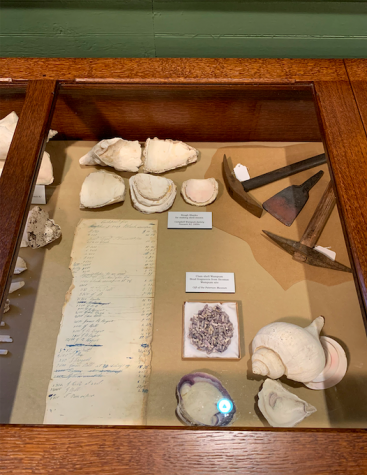
Lenape society was both matrilineal and matrilocal. Women would supply corn to the Dutch, Swedish, and few English colonizers beginning in 1624 for metal utensils and cloth, according to “The Indians of New Jersey.” Europeans would also trade for furs and skins produced by Lenape men.
According to “The Land and Its First People,” Moskowitz said that wampum, made from clam and conch shells, became a staple collected by Lenape and sold on strings to settlers, in order to solemnize friendships, marriages, alliances, and treaties.
“When [the Lenape] had religious ceremonies, signed a treaty, or visited someone, they would signify its importance by giving out wampum,” Moskowitz said. “Colonizers took the wampum and began to use them as money themselves — when they came, they didn’t have anything.”
Once they were involved in the fur and wampum trades, the Lenape depended on European resources — guns, gunpowder, and lead — to protect themselves from competition. The Susquehannock Indians, then called Minquas, travelled to the Delaware River from the interior of Pennsylvania by 1626 and took over the Lenape land on the west bank.
The Dutch also viewed the Lenape as trading partners rather than allies and pushed their settlements from lower Manhattan to Staten Island and New Jersey, leading to Kieft’s War from 1639 to 1645.
Jameson R. Sweet, the assistant professor of American Studies at Rutgers University, said in an email that most of the Lenape were forcibly pushed out by white settlers by 1801. By 1900, they lived in Delaware, New Jersey, New York, Pennsylvania, West Virginia, Ohio, Ontario, Michigan, Indiana, Missouri, Arkansas, Louisiana, Texas, Wisconsin, Kansas, and Oklahoma, according to the Oklahoma Historical Society.
“The State of New Jersey recognizes two Lenape tribes still in New Jersey,” Sweet said. “The Ramapough Lenape Nation in Mahwah and the Nanticoke-Lenni-Lenape Tribal Nation headquartered in Bridgeton. There is a third state-recognized tribe, the Powhatan Renape Nation in Pennsauken Township, descendants of the Powhatan people of Virginia, the same tribe as Pocahontas. Tens of thousands of Native Americans live in New Jersey today and over 100,000 more in New York City, and may or may not look like any particular mascot. In fact, the majority of Native Americans today live in cities, rather than Indian Reservations.”
The PV Student Publication has made contact with the Ramapough Lenape Nation and is planning further coverage about its people and their history.
The origin of “Pascack”
The word may originate from the Lenape Indian word Pachgeechen, which translates to “where the road forks.” The word Pascack may also originate from the word Masket, which translates to swamp, according to the book “Pascack Valley Tales.” The term represents the area consisting of Montvale, Park Ridge, Woodcliff Lake, Hillsdale, Westwood, River Vale, Washington Township, and Emerson, along with the Pascack Brook.
The earliest reference of the term Pascack was on Oct. 16, 1684, in an Indian deed to Eastern New Jersey proprietors regarding land with the Peskeckie Creek. However, it is attributed to a larger area consisting of Werimus, Kinderkamack, and Old Hook roads, and Saddle River, Paramus, Old Tappan, Hillsdale, Woodcliff Lake, and parts of Rockland County.

